Ravioli, those delightful pillows of pasta filled with savory goodness, have been delighting taste buds for centuries. Whether you’re a pasta aficionado or just getting started in the kitchen, understanding the ins and outs of ravioli can elevate your dining experience. Let’s explore what makes these stuffed pockets special and how to avoid common mistakes that might be sabotaging your ravioli game.
1. Ravioli Has Global Cousins
Every culture seems to have its own version of stuffed dough pockets! While Italy gave us ravioli, China created wontons, Poland developed pierogi, and Turkey perfected manti. These global variations share the same basic concept—dough wrapped around flavorful fillings—but feature unique shapes, cooking methods, and flavor profiles.
The similarities reveal how humans across different continents independently discovered the brilliance of wrapping ingredients in dough. Chinese wontons typically contain pork and shrimp in a thin wrapper, while Polish pierogi might hold potatoes and cheese.
Turkish manti are tiny dumplings served with yogurt sauce. Next time you enjoy ravioli, remember you’re partaking in a worldwide culinary tradition that spans continents and cultures. This pasta’s international family tree makes it part of a global dumpling diplomacy that brings people together through shared food experiences.
2. It Dates Back to the 1300s
Imagine medieval Italian kitchens where the earliest ravioli were lovingly crafted by hand! The first written mention of these pasta parcels appears in a 14th-century merchant’s personal writings from Venice. Francesco di Marco Datini, a wealthy trader, documented ravioli in his correspondence, providing us with evidence of this pasta’s impressive lineage.
Originally, ravioli were prepared for special occasions and feasts rather than everyday meals. The early versions differed from what we enjoy today—often larger and filled with herbs, eggs, and cheese. Medieval cooks would sometimes fry rather than boil them, creating a completely different texture.
This seven-century history makes ravioli one of the oldest continuously prepared pasta shapes in existence. When you prepare ravioli today, you’re participating in a culinary tradition that has survived plagues, wars, and the rise and fall of empires!
3. It’s More Than Just Cheese
Forget the notion that ravioli must contain ricotta! The filling possibilities stretch far beyond the familiar cheese mixture. Traditional Italian regions showcase distinctive fillings like pumpkin with amaretti cookies in Lombardy or potato with mint in Sardinia.
Seafood ravioli might contain delicate crab or lobster, while heartier versions feature wild mushrooms or braised beef. Innovative chefs push boundaries with surprising combinations like chocolate ravioli filled with mascarpone for dessert. Seasonal ingredients inspire creative options too—spring brings pea and mint fillings, while autumn welcomes butternut squash with sage.
Even fruit fillings like apple or pear paired with cheese create sweet-savory sensations. The beauty of ravioli lies in this versatility. Each filling creates an entirely different dining experience, making ravioli one of the most adaptable pasta formats. Your imagination is the only limit to what these pasta pockets can contain!
4. Shape Isn’t Everything
Square ravioli might be the most recognizable form, but Italian pasta makers have been getting creative with shapes for centuries! Circular ravioli offer elegant presentation possibilities, while half-moon mezzaluna add sophistication to any plate.
Some regions in Italy create tiny stamp-sized versions called ‘raviolini’ that float delicately in broth. Modern chefs have taken shape innovation even further. Heart-shaped ravioli make romantic Valentine’s dinners special, while star or flower designs transform ordinary pasta into festive holiday fare. Some restaurants even create custom shapes to match their branding or special occasions.
The practical advantage of different shapes goes beyond aesthetics. Certain shapes hold specific sauces better or provide optimal filling-to-pasta ratios. Smaller shapes cook more quickly, while larger ones create a more substantial bite. Next time you make ravioli at home, experiment with cookie cutters to create your own signature shapes!
5. Sauce Pairing Is an Art
The perfect sauce elevates ravioli from good to extraordinary! Light, delicate fillings like ricotta and herbs call for simple butter-based sauces that won’t overpower them. Brown butter with sage leaves creates a nutty, aromatic blanket that enhances cheese ravioli beautifully.
For these subtle fillings, less is definitely more. Heartier meat or mushroom ravioli can stand up to more robust accompaniments. Traditional ragù or tomato-based sauces complement the richness while adding acidity that cuts through heavier fillings. Seafood-filled ravioli shine with light cream sauces or simple olive oil infused with lemon and herbs.
The sauce should always complement rather than compete with the filling. Consider texture too—a silky sauce pairs wonderfully with firm fillings, while chunkier sauces might overwhelm delicate pasta. Seasonal ingredients can guide your choices—summer tomato sauces for light fillings, autumn cream sauces for root vegetable ravioli. The sauce-filling relationship creates the perfect pasta harmony!
6. Homemade Is Freezer-Friendly
Fresh ravioli makes the perfect make-ahead meal! After spending an afternoon crafting beautiful pasta pockets, you can freeze them for future dinners without sacrificing quality. The secret lies in proper freezing technique—arrange freshly made ravioli in a single layer on a flour-dusted baking sheet, making sure they don’t touch each other.
Place the sheet in the freezer for about two hours until the pasta hardens completely. Once frozen solid, transfer the ravioli to airtight containers or freezer bags, adding a little flour between layers to prevent sticking. Properly stored, homemade ravioli maintains its quality for up to three months! When cooking from frozen, don’t thaw first—simply drop the frozen pasta directly into gently boiling water.
They’ll need a minute or two longer than fresh ravioli. This freezer-friendly nature makes ravioli-making sessions more worthwhile, as you can enjoy the fruits of your labor for months to come. Weekend cooking effort becomes weeknight convenience!
1. Overfilling the Pasta
Enthusiasm often leads to stuffing ravioli with too much filling! That generous tablespoon might seem perfect, but it’s setting you up for disaster. Overfilled ravioli burst during cooking, releasing their precious contents into the boiling water and leaving you with empty pasta shells and cloudy cooking water.
The ideal amount is typically just a teaspoon of filling for standard-sized ravioli. This modest portion allows enough space to properly seal the edges while still providing a satisfying flavor experience. Remember that the pasta itself contributes significantly to the overall taste and texture. When placing filling, keep it centered with a clean border around the edges.
This filling-free perimeter creates the perfect sealing zone. Think of ravioli as a delicate balance—too little filling creates disappointing bites, but too much leads to structural failure. The pasta-to-filling ratio should highlight both components equally, creating harmony in every bite!
2. Skipping the Seal
Many home cooks underestimate the importance of properly sealing ravioli edges! Pressing dough together without moisture creates a false bond that separates during cooking. The result? Filling escapes into the water, creating soggy, empty pasta and a murky cooking pot.
A proper seal requires moisture and pressure. Brush the edges with water, egg wash, or even milk before pressing firmly to create a watertight bond. For extra insurance, use a fork to crimp the edges, creating both a decorative finish and a stronger seal. Some chefs even use specialized ravioli stamps that simultaneously cut and seal the pasta.
Watch for air bubbles when sealing—they expand during cooking and can rupture even well-sealed edges. Gently press outward from the filling to expel any trapped air before finalizing the seal. Take your time with this crucial step! A few extra seconds spent ensuring proper seals will save you from the disappointment of burst ravioli and lost filling.
3. Boiling Too Aggressively
Tossing ravioli into rapidly boiling water is a common cooking mistake! Unlike dried pasta that can withstand turbulent waters, delicate ravioli need gentle treatment. Vigorous bubbling creates a pasta pinball machine where ravioli bounce against each other and the pot walls, tearing open and spilling their precious fillings.
The proper technique involves bringing water to a full boil first, then reducing to a gentle simmer before adding your pasta. This calmer environment allows ravioli to cook evenly without the structural stress. Some Italian grandmothers insist on never letting water boil at all for fresh pasta, using just below-boiling temperatures. Another helpful tip: stir minimally and gently with a wooden spoon rather than metal utensils that might pierce the pasta.
Fresh ravioli generally need only 2-3 minutes of cooking time, while frozen require 4-6 minutes. Watch for them to float to the surface—nature’s way of signaling they’re perfectly cooked and ready to be gently lifted out!
4. Dousing with Heavy Sauce
Drowning ravioli in thick, heavy sauce masks the craftsmanship that went into creating them! When you’ve selected quality ingredients and carefully assembled delicate pasta pillows, why hide them under an avalanche of sauce?
The filling should remain the star of the show, with sauce playing a supporting role. Professional chefs typically use just enough sauce to complement the pasta—about 2-3 tablespoons per serving. This restrained approach allows the flavors inside the ravioli to shine through. Light butter sauces, simple olive oil drizzles, or delicate cream reductions provide enhancement without overwhelming.
Consider the visual appeal too. Lightly sauced ravioli showcase the beautiful pasta shapes and allow diners to appreciate your handiwork. If serving store-bought ravioli, less sauce still applies—quality prepared pasta deserves to be tasted, not masked. Remember that ravioli already contains its own internal sauce (the moist filling), making excessive external sauce redundant and potentially unbalanced.
5. Using Dough That’s Too Thick
The hallmark of excellent ravioli is pasta dough so thin you can almost see through it! Thick, doughy casings create an unpleasant chewiness that overwhelms delicate fillings. When the pasta wall becomes the dominant texture, the entire ravioli experience suffers.
Aim for dough rolled to about 1/16 inch thickness—approximately setting 6 on most pasta machines. At this thickness, the pasta cooks quickly and provides just enough structure to contain the filling without becoming the main texture. You should be able to faintly see your hand’s shadow through properly rolled dough. Achieving this thinness requires patience and practice.
Rest your dough properly before rolling to relax the gluten, making it easier to achieve the desired thinness. Start at the widest setting and gradually work down, folding occasionally to develop structure. Remember that dough thickens slightly during cooking, so what seems almost too thin when raw will be perfect once boiled. The perfect bite should feature a harmonious balance between tender pasta and flavorful filling!
6. Not Letting the Dough Rest
Impatient cooks often skip the crucial resting period for pasta dough! Fresh from mixing, the gluten in your dough is tense and resistant, making it spring back stubbornly when rolled. This elastic behavior makes achieving thin, workable sheets nearly impossible and results in tough, chewy ravioli.
Properly rested dough transforms completely. After 30 minutes (minimum) wrapped in plastic at room temperature, the gluten relaxes, allowing the dough to roll out smoothly without resistance. Some master pasta makers insist on resting dough for several hours or even overnight in the refrigerator for optimal texture and flavor development.
This resting period serves another purpose beyond texture—it allows moisture to distribute evenly throughout the dough. The flour fully hydrates, creating a more cohesive, manageable consistency. Consider resting time as an essential ingredient in your recipe! While waiting might test your patience, the resulting silky-smooth, easily rolled dough will reward you with ravioli that practically melt in your mouth.
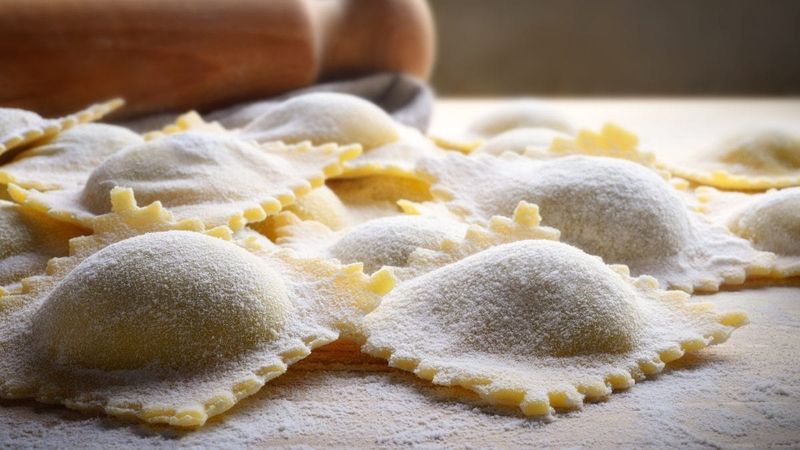
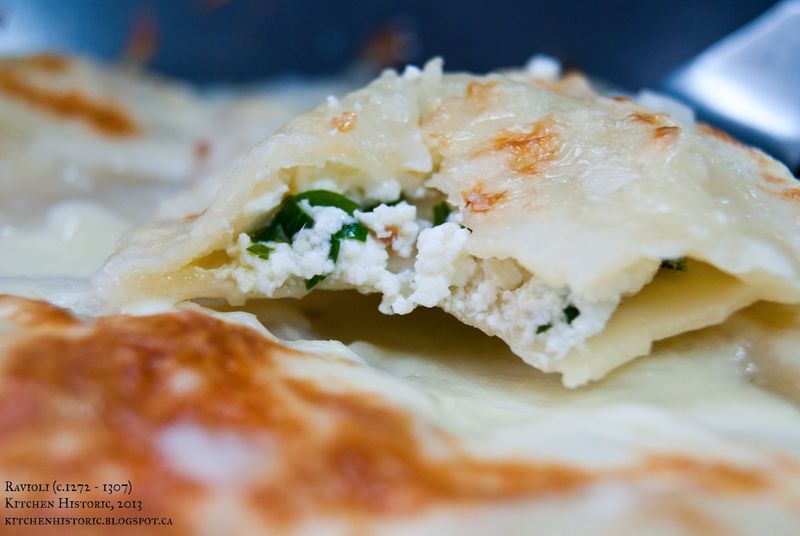
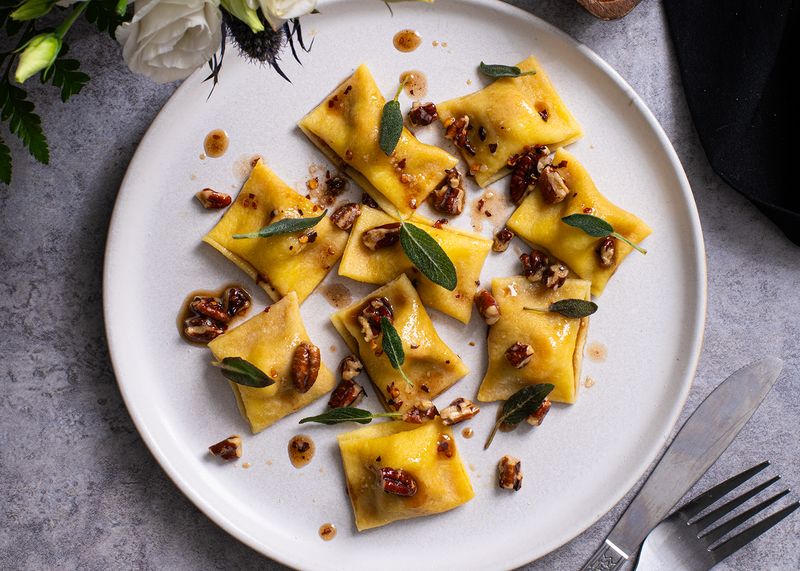
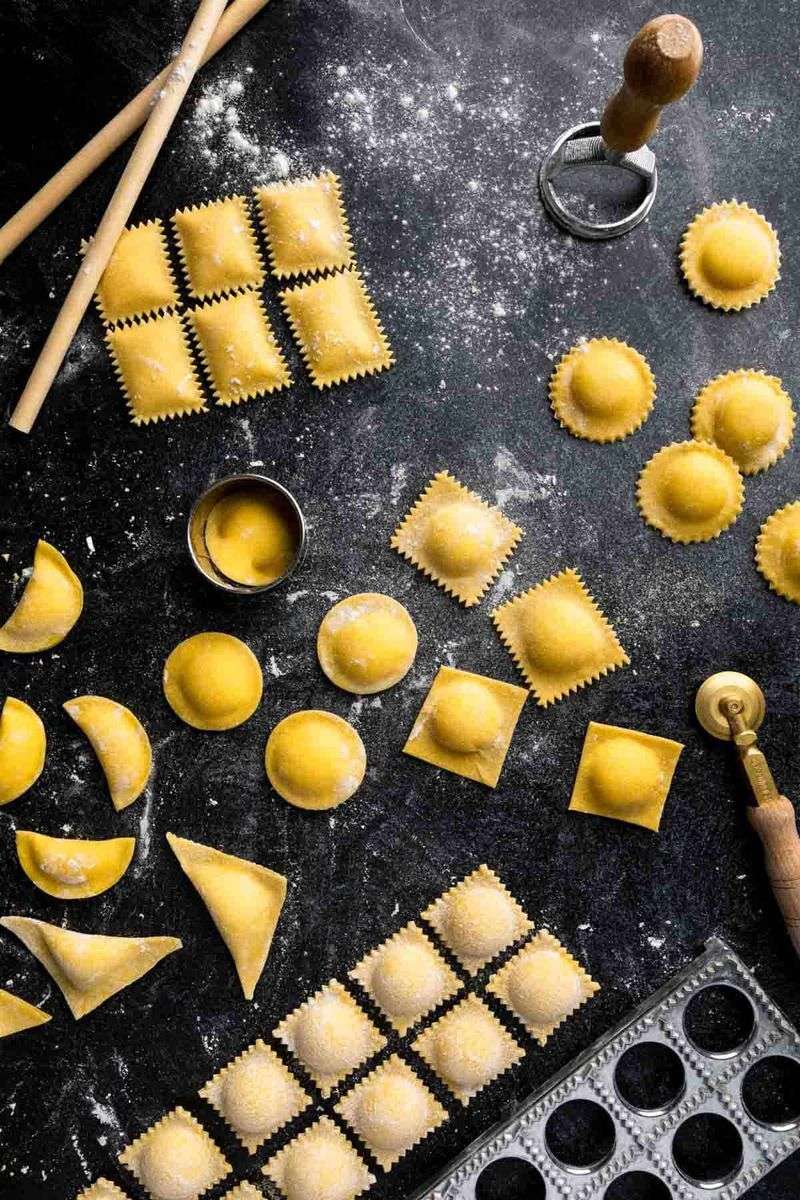

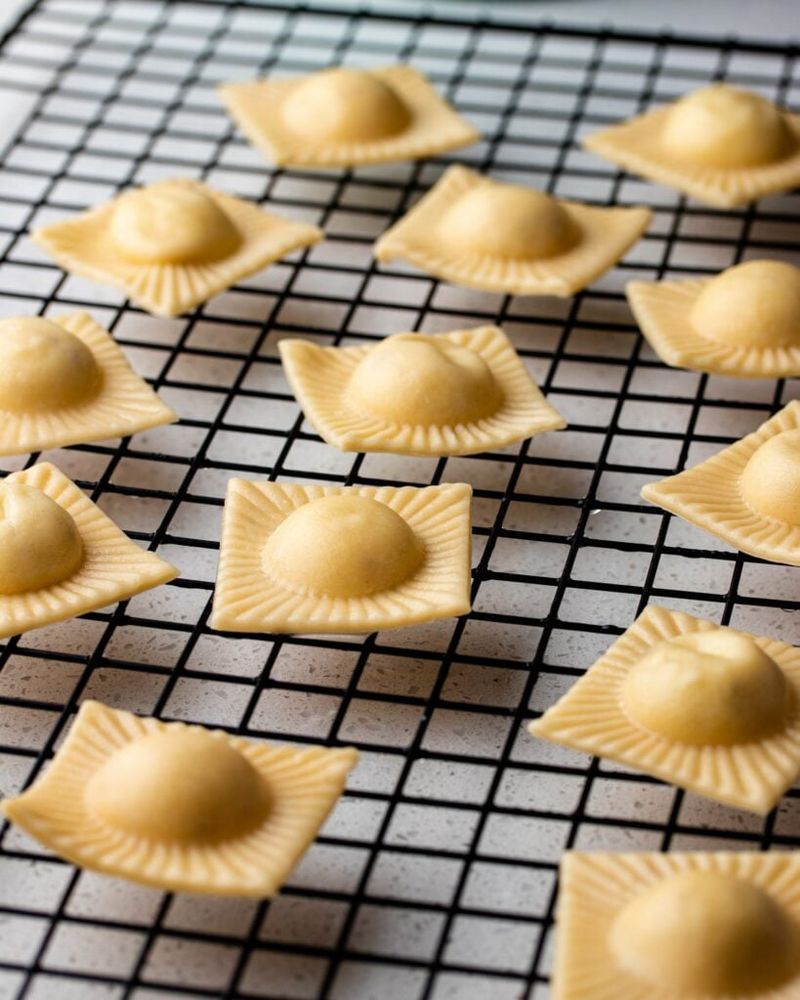
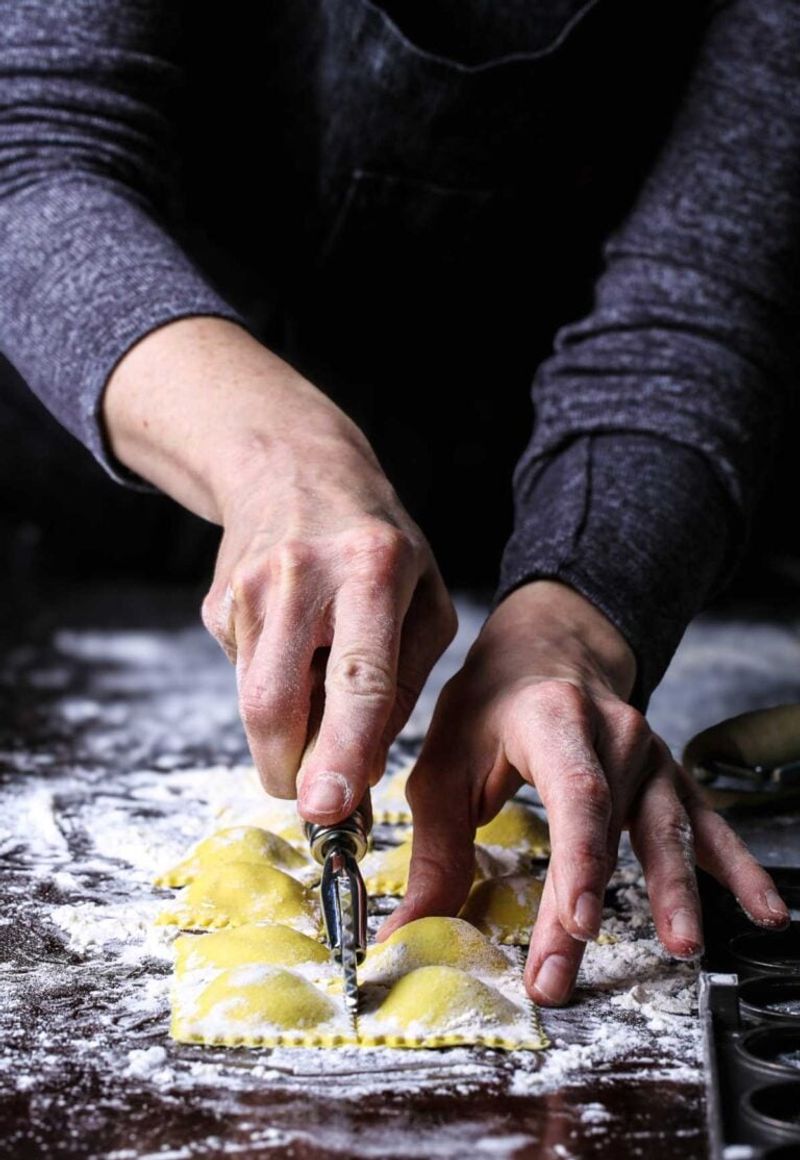
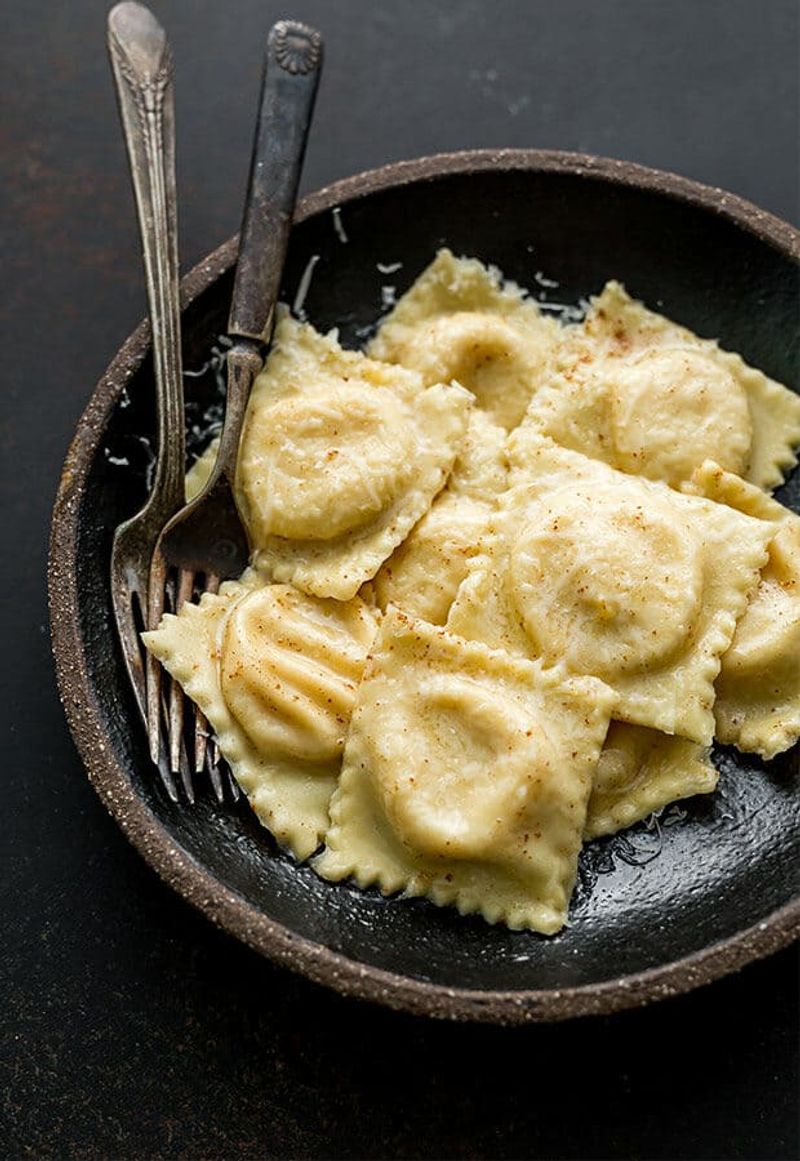
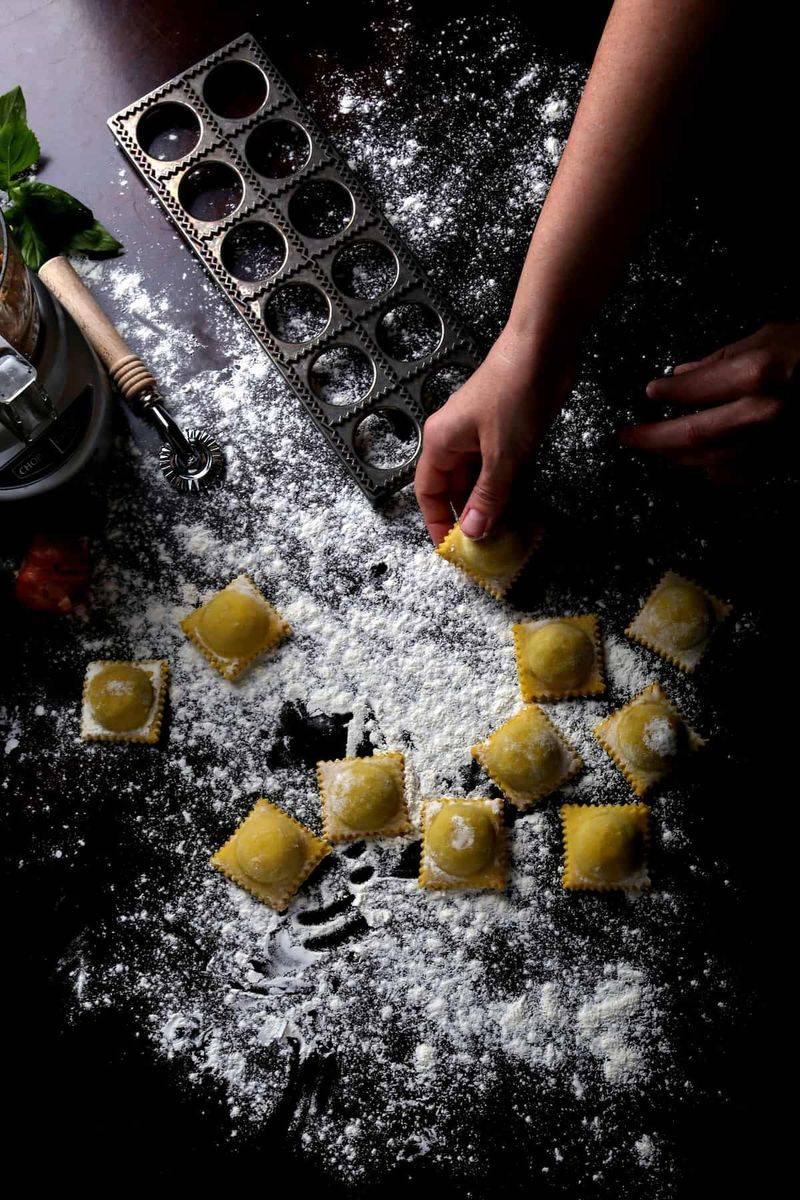
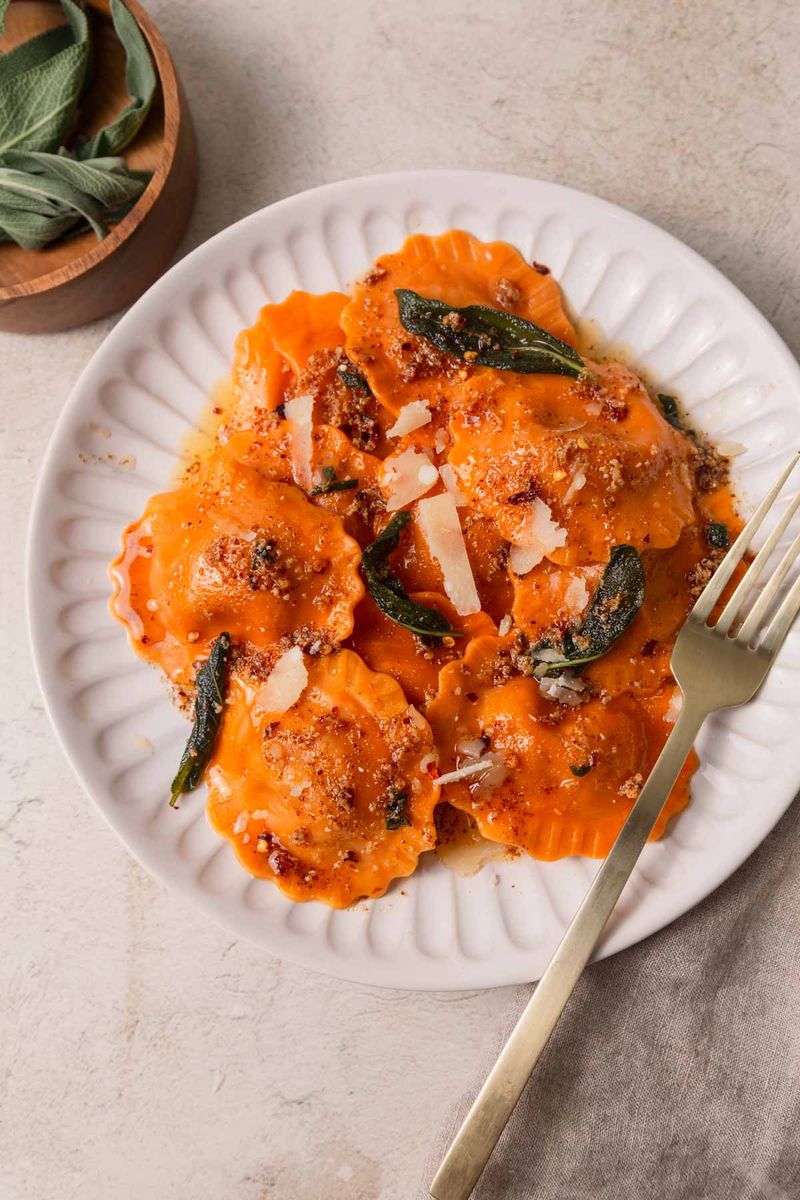
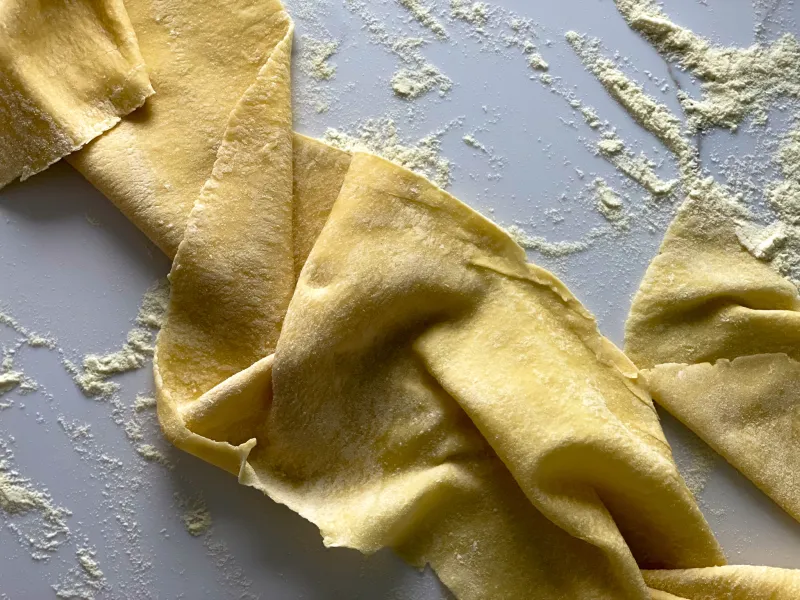
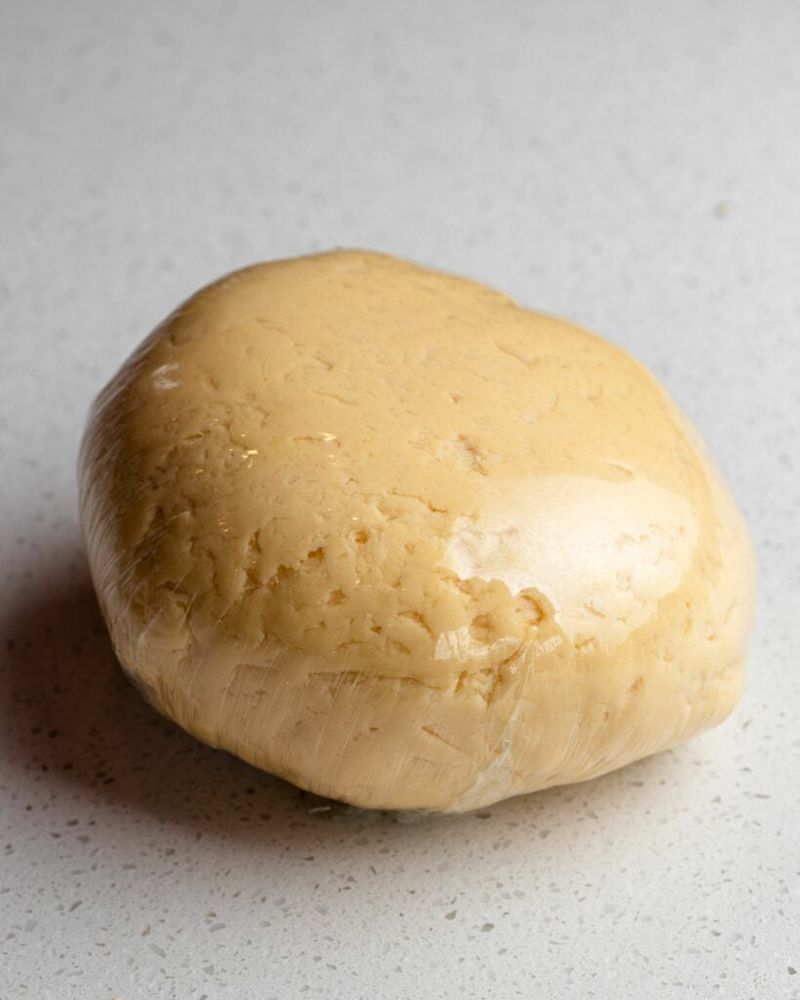
Leave a comment